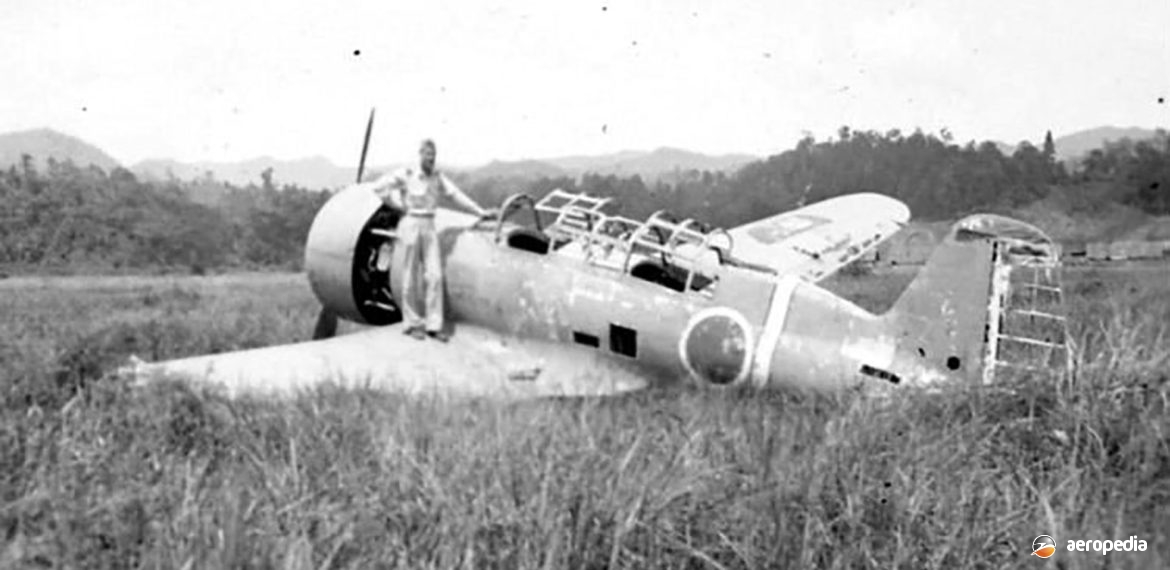Photograph:
A Mitsubishi Ki-15-1 ‘Babs’ (Author’ collection)
Country of origin:
Japan
Description:
Two-seat light reconnaissance and attack bomber
Power Plant:
One 597 kw (800 hp) Mitsubishi Kinsei fourteen-cylinder two-row air-cooled radial engine
Specifications:
- Wingspan: 12.0 m (39 ft 4¾ in)
- Length: 8.7 m (27 ft 6½ in)
- Height: 3.46 m (11 ft 4½ in)
- Wing area: 20.36 m² (219.12 sq ft)
- Max speed at 4,279 m (14,040 ft): 468 km/h (291 mph)
- Initial rate of climb: 900 m/min (1,640 ft/min)
- Time to 3,000 m (9,845 ft): 4 mins 51 secs
- Service ceiling: 8,230 m (27,000 ft)
- Range with bomb load: 1,167 km (725 miles)
- Empty weight: 1,605 kg (3,538 lb)
- Loaded weight: 2,197 kg (4,844 lb)
Armament:
One 7.7 mm (0.303 in) Type 89 machine gun in wing firing forward; one 7.7 mm (0.303 in) Type 92 machine gun on mount in rear cockpit; provision to carry up to 500 kg (1,102 lb) of bombs
History:
The Mitsubishi Ki-15 /C5M series of light attack bombers stemmed from a private venture of the Mitsubishi Jukogyo concern in the 1930s to produce a modern stressed-skin construction long-range monoplane. The first series of aircraft, the Karigane, was flown in May 1936 and achieved fame by flying 15,932 km (9,900 miles) from Tokyo to London in April 1937. Other examples were used as fast mailplanes. The type became known as the Ki-15-I and in 1937 was adopted by the Japanese Army as a light attack bomber. It soon entered action in the Sino – Japanese war. In that theatre it saw service in the level bombing, close support, and photo-reconnaissance roles.
A total of 489 examples of the Ki-15 and C5M series was built, the type entering service with the Japanese Army as the Army Type 97 Command Reconnaissance Plane Model 1. It later entered service with the Japanese Navy as the Navy Type 99 Reconnaissance Plane Model 1 with a 653 kw (875 hp) Mitsubishi Zuisei 12 engine. It was of all metal construction with light alloy and fabric covering, the crew comprising a pilot and radio operator / observer in an enclosed cockpit.
In 1939 50 examples, known as the C5M, were supplied to the Japanese Navy and received the allied codename ‘Babs‘. These were basically used in the reconnaissance role. Others were used as pilot/observer trainers. On 10 December 1941 a C5M2 of the Navy’s 22nd Koku Sentai located the British warships “HMS Prince of Wales” and “HMS Repulse”, these ships later being sunk by long-range land-based Japanese bombers.
A variety of engines was installed in the series, including the 559 kw (750 hp) Nakajima Ha8; the 597 kw (800 hp) Mitsubishi A-14, later re-named the Kinsei; and the 410 kw (550 hp) Kotobuki, which was a licence-built Bristol Jupiter radial engine. Little is known about the type’s operational role in this region by the Japanese military services. However, it is known that Mitsubishi C5M reconnaissance aircraft of the 3rd Kokutai made reconnaissance flights over Darwin, NT from their bases on Ambon, in Indonesia, the first known visit being made on 10 February 1942.
On 9 March 1942 pilots of the 9th Squadron, 49th Pursuit Group of the USAAC based in the Northern Territory, shot down a C5M ‘Bab‘ of the 3rd Kokutai west of Darwin, this being one of a group of nine Japanese aircraft from this Tokao Ku which raided Darwin on that date. After Japanese forces retreated from New Guinea, New Britain, and the Solomon Islands a few non-airworthy C5Ms were abandoned on jungle airstrips and the remains of a few in inaccessible areas remain but others have been broken up for their metal.

